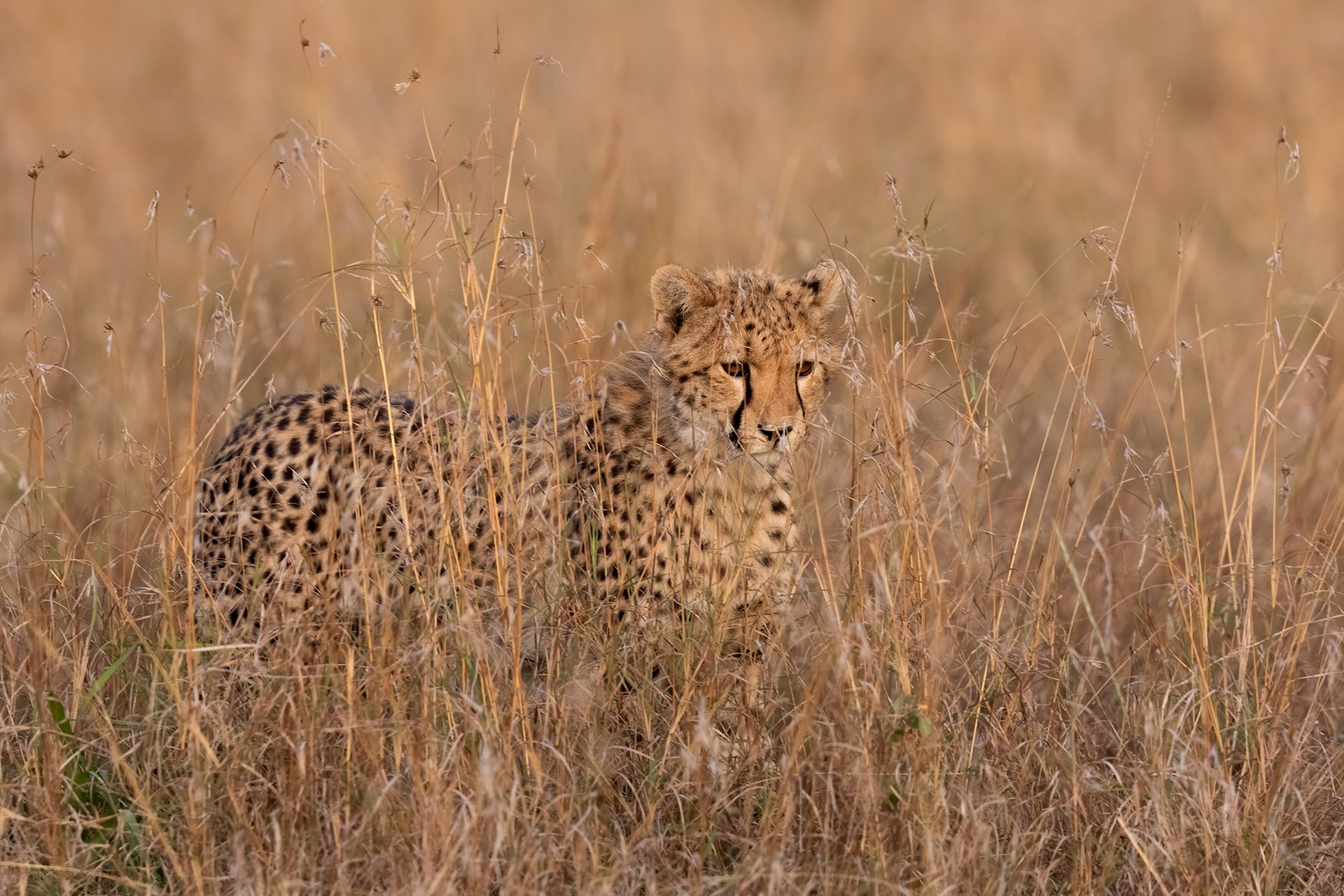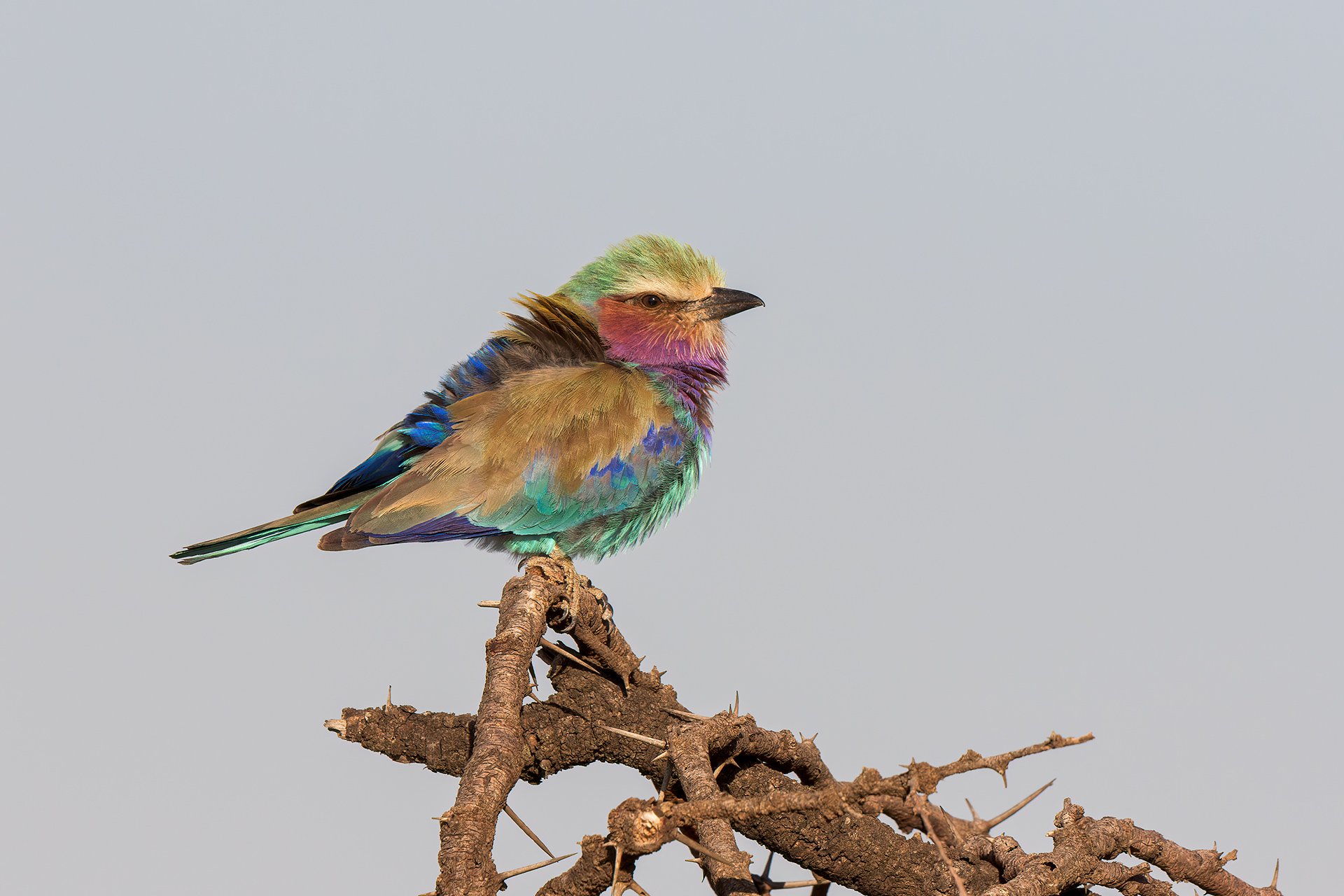Mara North Kenya
Late October 2016, my wife and I travelled to Kenya with the professional Danish wildlife photographers Uri Golman and Helle Olsen. Ahead of us was an exciting photo safari to Mara North Conservancy in Kenya.
Karen Blixen Camp
We stayed at the eco-friendly Karen Blixen Camp offering excellent facilities besides an amazing view to the Mara River overlooking a group of resident hippos.
And most important – they had very skilled drivers.
Mara North Conservancy is located next to Kenya’s famous Masai Mara National Reserve.
In close partnership between the camp and the Masai landowners the area is protected from poaching and becomes a great place to enjoy the amazing wildlife.
One further advantage by staying in the Mara North Conservancy is the ability to drive off road in the quest to get close to the animals. And that, our drivers certainly managed to exploit!
We arrived at the camp in the early afternoon following a strenuous six hours drive from Nairobi despite only 240 kilometres.
The worse part was the last 2-3 hours on gravel road. However, we had to get used to these road conditions being standard on the game drives.
After lunch and some unpacking it was time to get out on the savannah to take advantage of the soft light before sunset.
We went out in open Toyota Land Cruisers with a maximum of six photographers per vehicle allowing plenty of room for manoeuvring.
You could have the photo equipment conveniently stored in the middle between the two of you, and having to share a seat row with my non-photographing wife was perfect … ; – )
On most game drives I used the Canon EF 100-400mm f/4.5-5.6L IS II USM on my 1DX Mark II camera body along with the Canon EF 500mm f/4L IS II USM on the 7D Mark II (800 mm reach due to the crop factor). This combo worked great for me during the whole trip.
It turned out to be an extraordinary first afternoon with an abundance of great photo opportunities. In just about two hours we managed to see and photograph lions, elephants, cheetahs and hyenas at close range.
Standard procedure
The following days we left the camp at 5:30 in the morning to be out on the savannah before sunrise and returned about 9:30 for breakfast when the light became too hard for photography.
We searched for a variety of wildlife including birds. Our assigned driver Nicholas was fantastic spotting the animals and he did whatever needed to get into position with the sun coming in at the right angle – his upbringing as a Masai combined with the experience from many dedicated photo safaris came in handy.
Every afternoon, we left the camp at 4:00 o’clock and photographed for about 2-3 hours until sunset. Most often we returned at 7:30 to enjoy the evening with a great dinner and lot of storytelling.
The photo opportunities in Mara North Conservancy are second to none.
Being a private reserve has ensured a limited number of vehicles in the stunning natural wilderness. Most of the time we had the large variety of African wild animals almost to ourselves and were occasionally allowed to photograph from the ground.
Furthermore, the area is run on sound ecotourism practices and the camps are all very supportive to the local community.
Being on a dedicated photo safari with likeminded guests was very important to me. It takes a lot of patience hoping for a sleeping leopard to wake instead of the car just moving on as with ordinary tourist safaris.
Although we had several hours at the camp between the morning and afternoon game drives there was not much time to relax. Image files were uploaded to the laptop including backup.
Furthermore, the photo equipment had to be cleaned frequently due to the very dusty conditions. Also, Uri Golman offered photo workshops in the early afternoon before the game drive.
Masai Mara National Reserve
One day we went on a game drive to the Masai Mara National Reserve with the main purpose to find and photograph the black rhino.
There are no rhinos in the Mara North Conservancy so this was our only chance to complete the “Big Five”.
The population is less than 30 black rhinos in the reserve covering about 1,500 sq km so chances to find rhinos are low.
Fortunately, we had the extreme luck to locate no less than five rhinos gathered in one spot which is very unusual as they are solitary animals. Maybe it was their annual congress … ; – )
Besides the rhinos in the Masai Mara National Reserve we also had the fortune to get close to the African buffalo being one of the “Big Five”.
To me, the climax of the trip to Kenya was one afternoon when we found a male leopard in the Mara North Conservancy. It was asleep in front of some bushes and the sun was going to set in about half an hour.
Therefore, we were very excited as it suddenly rose and passed our Land Cruiser at a distance of just about four metres. It is a very impressive cat!
Conclusion
The trip to Kenya turned out to be fantastic.
It is a long journey – especially the drive from Nairobi to Karen Blixen Camp in Mara North Conservancy.
However, it was very rewarding to visit one of the most beautiful wildlife areas in the world.
The end for now – we will be back!











